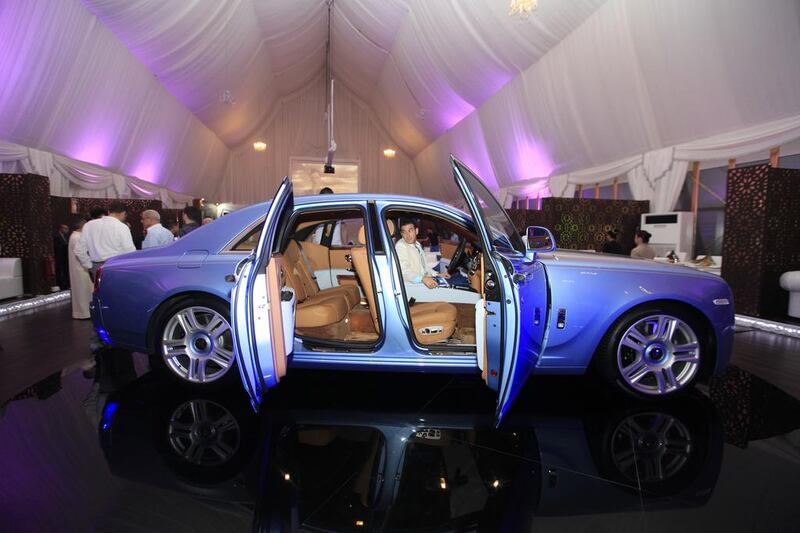In October, Bentley opened its first dealership in Vietnam. The communist country follows an increasing number of new markets being exposed to the highest levels of automotive luxury.
What’s interesting is not just which markets are finding themselves in this position, but how they’re influencing the global meaning of “luxury”. These are regions that, in many cases, have had little or no experience of what the established markets would call luxury motoring, so they bring their own, local ideas.
We’ve seen it before in the Middle East. Luxury carmakers have been selling to the Gulf states for decades and, even today, the tastes are markedly different to other parts of the world. As a man from Rolls-Royce told me this week, you can often spot which cars at the firm’s Goodwood plant are heading for the Middle East by their bright colours. They show off prestige and success.
By contrast, a country such as China has different priorities. Their cars tend to be more outwardly conservative, with the interiors more lavishly and intricately detailed, especially in the back – Chinese Bentley and Rolls-Royce customers tend to be driven more than they drive.
The way new markets wield their influence varies. Bentley and Rolls-Royce produce special editions for different regions – sometimes one-offs; sometimes collections of cars with particular features or themes tailored to the relevant region.
There’s a subtler, unquantifiable influence, too. The super-bespoke nature of manufacturers such as Rolls and Bentley means customers are hugely involved in the process. They visit the factory, where they can see cars on the line being prepared for different parts of the world. They speak to the designers, the people who put the cars together, and hear about what everyone else is doing. In many cases, it inspires them to try something new.
This works in an educational way for new markets. The newly wealthy want the best, but they want it now. They want to swan into a dealer and leave with the best car there – to them, that’s the pinnacle of success. In markets such as China, carmakers have had to persuade customers that specifying a car exactly as you want it, then waiting for it to be built, is actually even more special. Sometimes, the customers who head down that route return from Crewe or Goodwood excited with tales of the very veneer they’ve always wanted or the colour that matches their wife’s nail varnish. They tell their peers. And so inspiration filters down.
But the rise of the newly wealthy also has an effect on the tastes of established markets; markets that have for years been used to a certain approach in luxury motoring are seeing what these new customers are looking for and taking inspiration.
The myriad demands and ideas coming into luxury motoring from all corners of the globe can’t help but influence designers themselves. It might be too early to expect a Year of the Horse special-edition Rolls marketed to a global audience or two-tone gold-and-silver paint jobs on the standard colour chart, but one-off commissions or bespoke requests spark the imagination of creative types. At McLaren, for example, there are now standard options for the P1 and 650S that were previously restricted to the bespoke department.
This means that as the likes of Rolls-Royce and Bentley continue to expand, as the world’s economies change and new countries become viable markets for luxury motoring, we’ll start to see even more influences on the segment. The luxury cars of the future will have features that, right now, we can’t even begin to imagine.
motoring@thenational.ae
Follow us @LifeNationalUAE
Follow us on Facebook for discussions, entertainment, reviews, wellness and news.






